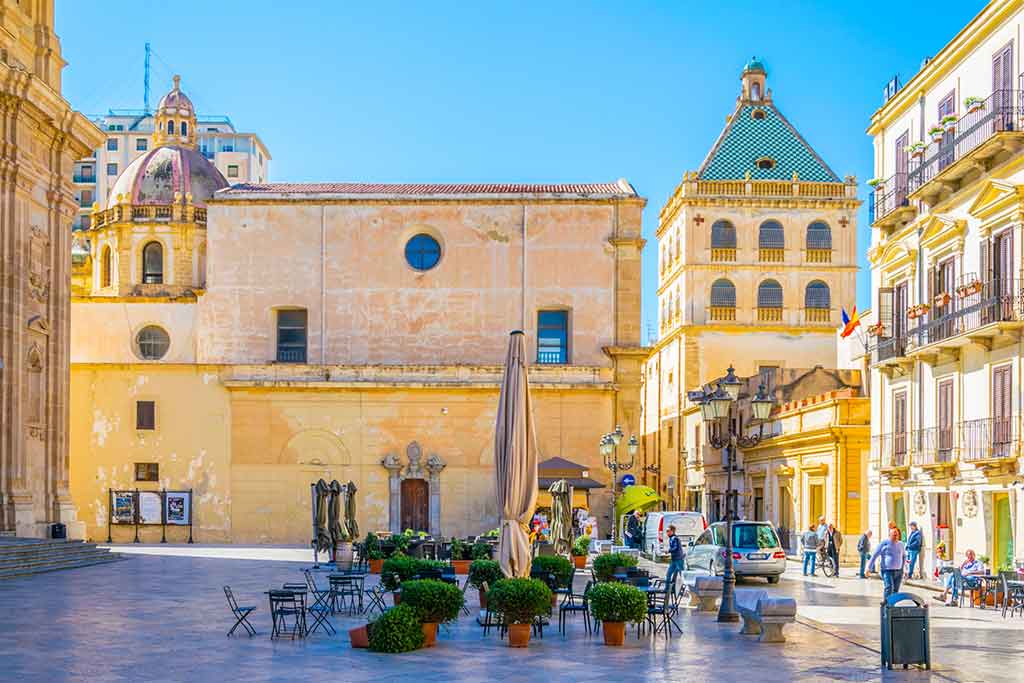Welcome
to Marsala Italy. If you’are planning to visit Marsala for your next trip and you are
looking for the best places to visit, here you’ll find tips and suggestions of most
popular point of interest and activities not to be missed in Marsala and surrounding.
Travelers will appreciate this italian town with
his rich historical and artistic heritage, local culture and environment. Discover the monuments, buildings, natural
treasures and all the details that characterize Marsala and its territory. Share and suggest a place you've
visited.

Marsala, Piazza Loggia
In the deepest South, close to Africa, lies the enchanting and drunk city of the wine that produces Marsala.
Of ancient origins, like most Sicilian cities, the city was founded around 395 BC, under the name of & lt; Strong>Lilybeo and was dominated by all the peoples who passed in those areas, by the Phoenicians, Greeks, Byzantines, Spaniards and many others.
The viticulture of Marsala is very ancient, the Romans already knew the excellent wine, even if, in Following their presence, the vineyards and the agricultural tradition were forgotten and abandoned and which were then rediscovered by the English only in the 19th century.
In the Stagnone Nature Reserve, instead, there are salt pans. The traditional processing of salt was long and tiring: in the shallow waters, windmills pumped saline water into increasingly lower and smaller basins. With the help of the heat of the sun, the water evaporated and salt crusts formed which, once broken and accumulated, were sold. Salt pans still exist, and even windmills. The brackish waters are the ideal place for pink flamingos and for many migratory birds who stop here to rest or to spend the winter.
The city of Marsala is also very beautiful and rich in historical monuments: the Mother Church was founded in the 18th century on the remains of an ancient Norman church. The church is dedicated to St. Thomas of Canterbury and inside it houses sculptures and paintings from the '700 and 1800s.
Not far from there, there is the Flemish Tapestries Museum that displays eight beautiful Flemish tapestries of the '600, depicting scenes of battles and that were donated by the King of Spain Philip II.
written by David Perkins - Last update: 28/10/2021
This guide has been translated automatically through a third party service. Visititaly offers these automatic translations to help site visitors, however the automatic translations may contain inaccuracies, errors or inaccuracies. You can contact us to report inaccuracies or errors and we will check the translation.